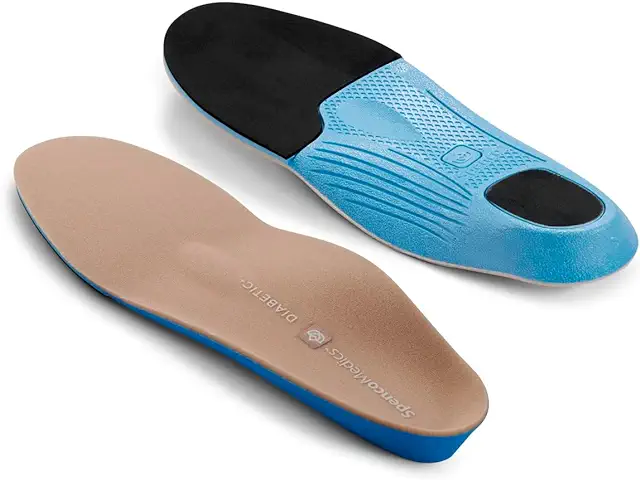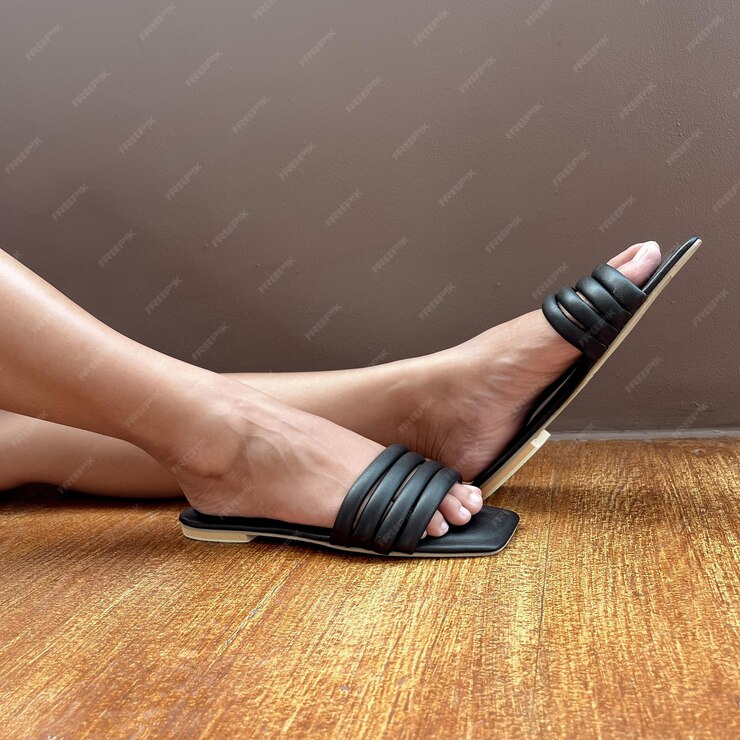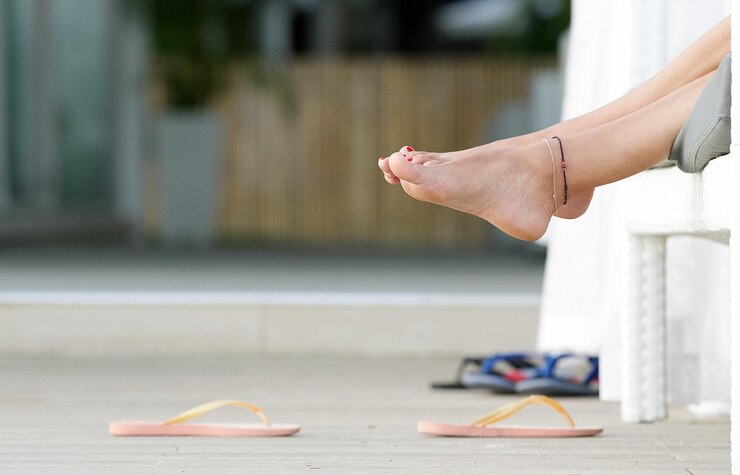Introduction

Diabetic neuropathy is a common complication of diabetes, characterized by nerve damage that can cause pain, tingling, or numbness in the feet. Finding the right insoles can make a big difference in managing these symptoms. Insoles designed for diabetic neuropathy provide support, cushioning, and pressure relief, helping to improve comfort and mobility. This guide will explore the best insoles for diabetic neuropathy, focusing on features, benefits, and top recommendations to help you make an informed choice. By understanding what to look for in insoles, you can find the right pair to alleviate discomfort and protect your feet. Proper foot care is essential for diabetics, and choosing the right insoles is a significant step in maintaining foot health.
Importance of Proper Insoles
Proper insoles are essential for individuals with diabetic neuropathy because they help in managing foot pain and preventing further complications. These insoles are specifically designed to provide extra cushioning, which reduces pressure on the feet. They also help in distributing weight evenly, which is crucial for diabetics who might have sensitive or injured areas on their feet. By minimizing friction and pressure points, these insoles can help prevent ulcers and sores, which are common issues for diabetics. Additionally, they often come with moisture-wicking properties to keep feet dry and reduce the risk of fungal infections. Choosing the right insoles can significantly improve mobility and quality of life for diabetics.
Key Features to Look For

When selecting insoles for diabetic neuropathy, it’s important to consider certain features. Cushioning is a top priority, as it provides comfort and reduces the impact on the feet. Look for insoles made from high-quality materials like memory foam or gel, which offer superior cushioning and support. Another important feature is arch support, which helps in maintaining proper foot alignment and distributing weight evenly. This can alleviate pain and prevent further complications. Additionally, moisture-wicking properties are crucial to keep feet dry and reduce the risk of infections. Antimicrobial treatments can also help in preventing odor and bacterial growth. Lastly, consider insoles with a good fit and the ability to be trimmed to size for a customized fit.
Top Recommendations
There are several insoles on the market that are highly recommended for diabetic neuropathy. One top choice is the Dr. Scholl’s Diabetes and Circulatory Health Insoles, which offer excellent cushioning and support. They are designed with shock-absorbing pads and a soft, supportive gel to reduce pressure on sensitive areas. Another great option is the Powerstep Pinnacle Maxx, which provides firm arch support and a deep heel cradle to stabilize the foot. The Orthofeet BioSoft Insoles are also a popular choice, known for their extra cushioning and anatomical arch support. Lastly, consider the Spenco Total Support Max, which offers advanced support and motion control. These insoles are designed to enhance comfort and protect the feet from further damage.
Custom vs. Over-the-Counter Insoles

When choosing insoles, diabetics often wonder whether to go for custom or over-the-counter options. Custom insoles are tailored to fit the exact shape and needs of your feet. They provide personalized support and can address specific issues such as high arches or flat feet. However, they can be quite expensive and may require a visit to a podiatrist. On the other hand, over-the-counter insoles are readily available and more affordable. They come in various sizes and designs, offering a good balance of support and cushioning. While they might not provide the exact fit of custom insoles, many high-quality over-the-counter options can still offer significant relief and protection for diabetic feet.
How to Use and Maintain Insoles
Using and maintaining insoles properly can extend their lifespan and ensure they provide optimal support. Start by selecting the right size and type of insole for your needs. Trim them if necessary to fit your shoes perfectly. Place the insoles in your shoes, ensuring they lie flat and do not bunch up. It’s important to clean your insoles regularly to maintain hygiene. Remove them from your shoes and wash them with mild soap and water, then let them air dry completely before placing them back in your shoes. Regularly inspect your insoles for signs of wear and tear and replace them as needed. Proper use and maintenance can keep your insoles effective and your feet healthy.
Conclusion

Finding the best insoles for diabetic neuropathy is crucial for managing pain and protecting your feet. The right insoles can provide much-needed cushioning, support, and pressure relief. Whether you opt for custom or over-the-counter options, look for key features such as cushioning, arch support, and moisture-wicking properties. Proper use and maintenance of insoles can extend their lifespan and ensure they provide the support you need. By choosing the right insoles, you can improve your comfort, mobility, and overall quality of life. Taking the time to find the best insoles for your needs is a worthwhile investment in your health and well-being.
FAQs
- Why are insoles important for diabetics?
Insoles help reduce pressure, provide cushioning, and prevent sores, making them crucial for diabetics. - Can over-the-counter insoles be as effective as custom ones?
Yes, high-quality over-the-counter insoles can offer significant relief and protection. - How often should I replace my insoles?
Replace your insoles every 6 to 12 months or when they show signs of wear and tear. - Do insoles help with neuropathy pain?
Yes, insoles with proper cushioning and support can help alleviate neuropathy pain. - Are moisture-wicking insoles necessary?
Moisture-wicking insoles help keep feet dry and reduce the risk of infections, making them a good choice for diabetics.
